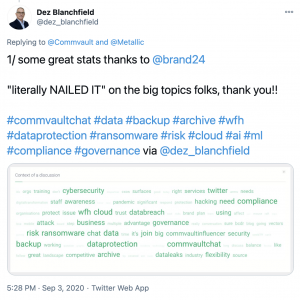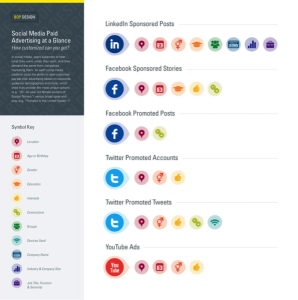
At Scribewise, one of our mantras is “without content, you don’t exist.” Which is to say, if I can’t find mention of you somewhere on the internet, you’re not a legitimate company. Think about the last time someone told you about a new company they were joining or a new client prospect. The first thing you probably did was Google them.
But more so than just having a website, you have to create content that establishes your brand, creates an awareness and helps solve your customers’ problems. You might do this by creating a blog with fresh, audience-focused content that will help you build a subscriber base. But another tactic is to increase brand awareness and boost your content marketing efforts by establishing yourselves as thought leaders.
What’s the Deal with Thought Leadership?
Thought leadership seems like it’s at least one part buzzword and one part BS, but it’s a term that most people understand these days to mean establishing yourself or your brand as an expert in your market. Thought leadership is a way to show people that you’re “somebody.”
Thought leaders are typically specific people in your company who have an expert view on topics in your industry. Thought leadership content might answer big, important questions your colleagues or customers have, or it might pose new, innovative ideas to the market. Importantly, thought leadership content isn’t salesy at all; think of it as your gift to the marketplace. It’s informative, and it’s focused heavily on your audience, which means it’s located where your audience consumes content, and it’s the format in which your audience prefers to consume content.
If you’re tasked with increasing brand awareness at your company right now, thought leadership might seem like a Great Big Deal that you can’t do by yourself. And you’re probably right. How can you write audience-focused content that shows you’re an authority on a specific subject that you might not know all that much about? Where do you even begin?
First, don’t work in your marketing department bubble.
Instead, start by identifying thought leaders within your company who can speak to an expertise. These people don’t have to be vice presidents or C-anythings. In fact, they might be product managers or client services folks who keep close watch of what’s happening in your industry. If they understand how to solve problems in the marketplace or they have interesting ideas that could increase your company’s brand awareness, they’ll make great thought leaders.
Putting Thought Leadership to Work with Bylined Articles
After you’ve identified who your experts are, talk to them about what’s happening in the industry to identify specific topics and content formats that the audience consumes.
One approach to creating thought leadership for B2B brands is through bylined articles. Many publications—both online and print—accept journalistic content from contributors like your new thought leader. Do some research to identify publications where your content might fit and look for whether they accept contributors and if there are word count minimums or maximums.
If the publication is a digital or print magazine, it also helps to research the editorial calendar to see what types of articles they’re planning to feature each month. Aligning your content with their editorial calendar will improve your chances of a placement.
After the article is complete, you can pitch the idea to a trade publication for placement. This not only gets your thought leader’s ideas in front of an established audience, but it also becomes a piece of content you can use elsewhere in your marketing efforts. Once the article is accepted and published, you and your thought leader should promote it on social media. You can also add it to your own website or blog as a resource. And the content can live on as part of proposals, RFPs and pitches.
Business & Finance Articles on Business 2 Community(57)
Report Post








